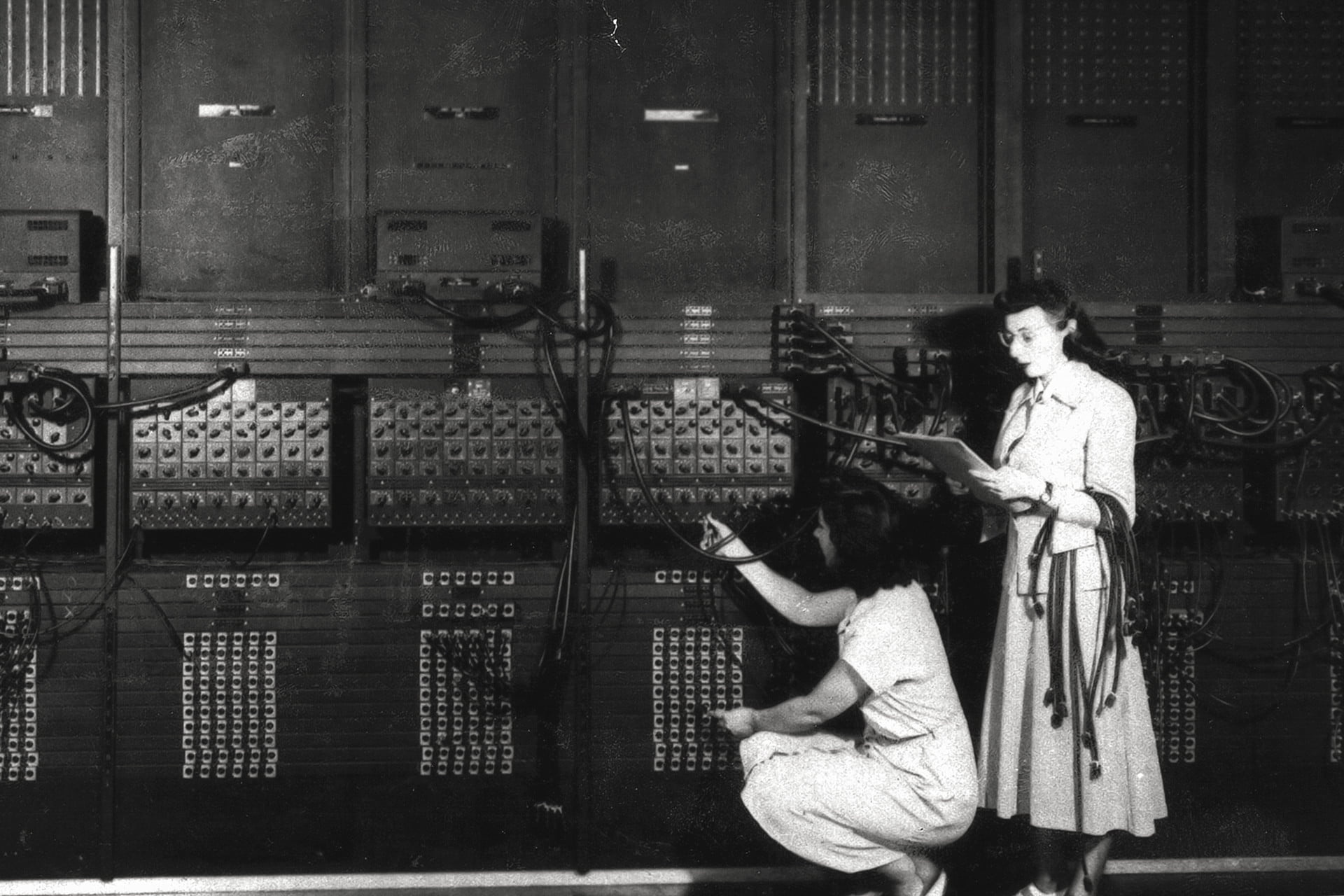About Orderly
Orderly is a supply chain solutions company that advocates for social and environmental responsibility. Their team has been developing digital platforms for the food and beverage industry that generate both sustainability and economic benefits.
Currently, Orderly offers a number of software solutions:
- Supply chain management software for order, forecasting, and inventory management.
- Digital store assistant presenting AI insights for driving responsibility and profitability.
- Branded order and pay platform for contact-free purchases tied with the back-office.
- Direct-to-consumer solution for efficient pick and pack management.
In August 2022, Orderly became a Certified B-Corp – in other words, acknowledged for the high standards of verified performance, accountability, and transparency. It once again proved that the company intends to make a difference not only in a mission statement but in practice.
“We can create amazing technology that has the potential to change the world, but without also showcasing our ethics and how we work as a business, we would be missing a chance to show people what Orderly really stands for.”
Closer Look at Scorecards
Changes can be complicated to implement for many reasons, in particular, because of the reluctance of staff to embrace new processes and technologies. One way to cope with it is gamification – the digital trend we addressed in the last year’s extensive article and Orderly actively uses in their “Scorecards.”
Scorecards are a solution meant to reduce operational complexity and speed up the adoption of new tools. It shares real-time data on the team’s performance, keeping the numbers and insights up-to-date and nicely visualized.
The purpose of Scorecards is to make the improvements feel less like a burden and more like an interactive, competitive initiative. The highlights of this functionality include the following:
- Genuine integration of beneficial behaviours into the daily process through real-time tracking of statuses and improvements.
- AI instructions for improving operational efficiency by suggesting specific, small, incremental changes to every team member – including in real-time by integrating scorecards with CCTV as a ‘Digital Store Assistant.’
- A built-in programme of reward and recognition that encourages high performance and engagement in sustainability initiatives.
- Neat visualization with graphs for crucial improvement areas, current performance, and leaderboards.
Orderly’s Scorecards are a great tool to start a team’s way toward the sustainability transformation and make it sound simple. Also, compatibility with mobile devices makes it even easier to integrate these small changes into daily operations.
Scorecards are one of the solutions our QA experts have been working with after joining Orderly’s team. Surely, it is not the only part that deserves much attention. We decided to focus on this because it demonstrates how technology can transform complicated processes into engaging experiences.
QA Solutions for Scorecards
From the QA perspective, paying particular attention to the app’s mobile version was crucial. Another significant aspect was the focus on the end-user perspective. Orderly works on digitizing the operations that traditionally involve lots of calculations and paperwork. The varying age and digital proficiency of people engaged in a store’s/restaurant’s processes shouldn’t be an obstacle to using Scorecards. It is essential to ensure the functionality is easy to learn, understand, and use.
Test Documentation
The first step in software testing is writing the documentation – checklists or test cases. The QA expert assigned to this product chose to prepare detailed test cases, as they work better for complicated products. We can refer Scorecards to one of those since it has a fully custom functionality and isn’t a regular solution we’ve gotten used to testing.
Moreover, teams can use test cases for onboarding new tech specialists in the future or as the background for software requirements specification documents if the team doesn’t have one before the start of the development.
Test Coverage
Deciding on the right test coverage is key to ensuring the correct work of a software platform and preventing critical defects from slipping out to production. The following QA activities were selected for Scorecards:
- Functional testing
As the name suggests, a QA engineer checks software functionality and verifies it against the requirements. The task is to learn if the system works as expected and document the discordances in the actual and intended behaviours.
- UI testing
User interface testing goes hand in hand with functional testing. By interacting with the front-end elements – buttons, input fields, forms, dropout menus, tooltips, messages, etc. – a QA engineer can understand if the design components fulfill their functions.
- Smoke testing
This type of testing is necessary to run for every new build after alterations. It is a basic check of the system that shows if it is ready for a more detailed inspection. Basically, a QA engineer learns if you can launch the software and access its critical functionality.
- Performance testing
It entails a number of testing activities that allow verifying the ability of the platform to withstand an expected number of users, to work under gradually or suddenly increasing traffic, restore after a failure, etc.
- Accessibility testing
Making software digitally inclusive is critical regardless of the product type or business industry. A QA engineer needs to make sure that a platform is suitable for users with visual, hearing, cognitive, or other impairments.
- Exploratory testing
Some of the testing activities didn’t rely on the pre-written test cases. In this case, a QA expert ran some checks relying solely on her previous experience with Scorecards as well as mobile and web apps in general. It helps you find defect-prone areas quickly.
Influencing a Sustainable Responsibility
“The QA engineers took a proactive approach to diagnosing many issues before they were released into production. This included issues with the quality of the wording of the machine-generated suggestions, duplication of suggestions, rendering of the interface in older browsers, and improving rendering times.”
Orderly works with internationally recognized food and beverage brands to improve supply chain, store, and sustainability operations.
Our main task is to help businesses achieve their business goals by improving the software they create. Client feedback is what shows whether the QA specialist(s) manage to provide the promised and expected level of services.
We started cooperation with one QA expert joining the project and currently have four people working with Orderly’s solution. The client’s team noted the consistent and continuous improvement in the quality of deliverables by our specialists and the overall increase in product quality. And it is a great pleasure to contribute to the sustainability initiatives that Orderly develops and promotes.








